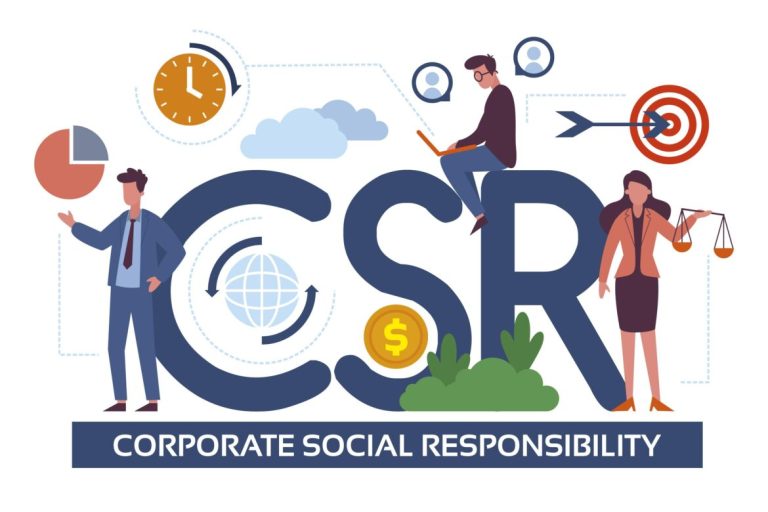Consumer buying behavior is influenced by interacting internal and external factors that shape our choices and the way we prioritize our wants and needs. This understanding of buying behavior is crucial not just for businesses, but also for consumers. Having a deep understanding of this behavior could help consumers make more informed decisions and sustain a healthier consumer market.
To understand consumer buying behavior, it is essential we take a look at the economic impacts on spending habits, peer influences, digital influence, and certain marketing strategies that are used to entice consumers.
Economic Impacts and Millennial Spending Patterns
The economic factors in spending are a major determinant of consumer’s behavior. These factors largely revolve around societal economic health and individual economic strength.
Economic Recession Impact on Spending
An economic recession impact can be quite glaring and far-reaching. During a recession, most consumers cut back on their spending, delay purchases, or buy cheaper alternatives to reduce their cost of living. This period is often characterized by a steep drop in consumer spending habits as a whole.
Luxury Goods Purchases: The Millennial Edition
Contrasting to the economical impact on spending, millennial spending patterns have shown a resilience and shift of priorities. This generation, known for their zest for experiences, tends to focus their spending on premium experiences rather than luxury goods purchases. So, instead of buying high-end bags, shoes or jewelry, they spend on travel, gourmet food, fitness, and more.
Emotional and Peer Influences on Purchasing Decisions
Emotions influence not only our purchases but our overall spending habits. Businesses that understand the emotional influences on purchases often use this to their advantage.
Emotional Influences on Purchases: The Psychology Behind
The psychology of consumer spending is an intriguing area of study. When consumers are happy, they are more likely to make purchases – a phenomenon also known as retail therapy. Conversely, when they are sad, their impulse buying psychology may kick in, leading to more spontaneous purchasing decisions.
Peer Influence on Buying Decisions: The Strength of Social Impact
Similarly, peer influence, or social media, and buying choices are interconnected. Our peers and the people whom we admire often influence what we buy. This sort of cultural impact on buying can be seen even more prominently with the advent of social media influencers who, coupled with the right commercial partnership, can steer consumer choice.
The Digital Influence: Online Shopping Behavior and Security Trust
With the ever-increasing influence of digital technology, it would be remiss to skip over the impact of online shopping.
Examining Online Shopping Choices: From Mobile Preferences to Virtual Experience
The role of online shopping behavior in shaping consumer choices is apparent, with more and more consumers moving towards e-commerce platforms due to their fast and easy access. Virtual reality and augmented reality are also adding to this trend by creating immersive virtual experiences that compel consumers to buy more.
Online Security and Consumer Trust: A Delicate Balance
However, online security and consumer trust present a delicate balance in this digital age. Consumers are willing to shop online only when they trust the platform, which is ensured by a secure and efficient shopping experience.
Implementing Effective Marketing Strategies: Behavioral Economics and Psychological Pricing
To understand buying behavior, we also need to gain insight into specific marketing strategies that are designed to influence consumers’ perceptions and decisions.
Behavioral Economics in Marketing: A New Era of Understanding Buying Behavior
Behavioral economics in marketing presents a new era of understanding buying behavior. This strategy involves leveraging insights gathered from consumer behavior to create marketing initiatives that resonate with their personal conditions, motivations, and limitations.
Using Psychological Pricing Strategies to Influence Consumer Spending Habits
Another common tactic to stimulate consumer spending is through psychological pricing—setting prices that appeal to a consumer’s emotional response rather than their rational mind.
The Power of Brand Loyalty and Perception in Consumerism
Apart from the emotional and economic factors, brand loyalty dynamics, and perception significantly influence buying decisions.
Brand Loyalty Dynamics: A Deep Dive Into Consumer Decision-making Process
The brand loyalty dynamics, particularly how they affect a consumer’s decision-making process, is a field crucial to businesses. Repeat purchases are a key driver of growth for businesses and understanding these dynamics can be an advantage.
Brand Perception and Purchases: The Ties That Bind
Brand perception and purchase decisions are closely tied. Consumers are more likely to choose brands that they perceive positively based on their past experiences or the brand’s reputation. The image a brand has built strongly creates an influence on purchase decisions.

Generation Specific Trends and Consumption Patterns
As we move through different generations, the trends and patterns of consumption change dramatically.
Generation Z Consumer Trends: A New Paradigm Shift
Generation Z, or the digital natives, show different consumer trends from their predecessors. They are more adept at using technology and more likely to shop online, value transparency and authenticity, and care more about environment-friendly practices.
Nostalgia Marketing in Consumerism: Tapping into Emotional Connections
Meanwhile, nostalgia marketing taps into emotional connections in a bid to influence buying behavior. By resurrecting trends from earlier generations, businesses invoke feelings of nostalgia, prompting consumers to make purchases based on their past experiences.
Aiming for a Sustainable Future: Green Consumerism Trends and Sustainable Packaging
In recent years green consumerism trends have soared up, showing the consumers’ increasing awareness and care for the environment.
Green Consumerism Trends: The Rise of the Conscious Consumer
Indeed, the rise of the conscious consumer has led towards sustainable consumerism trends. Consumers now value brands that endorse environmentally friendly practices and contribute positively to society.
Impact of Sustainable Packaging on Consumer Spending Habits
One such practice is using sustainable packaging. There is growing evidence to suggest that the use of such packaging plays a role in consumer buying behavior and can positively impact consumer spending habits.
Understanding consumer buying behavior can be quite an intricate process, as it is influenced by an array of factors from the economy to emotions, from peer influence to online security, and so much more. However, studying and understanding this behaviour is key to forming strategic marketing initiatives, fostering brand loyalty, and ensuring a business’s success in this competitive world.











+ There are no comments
Add yours